Premium Only Content
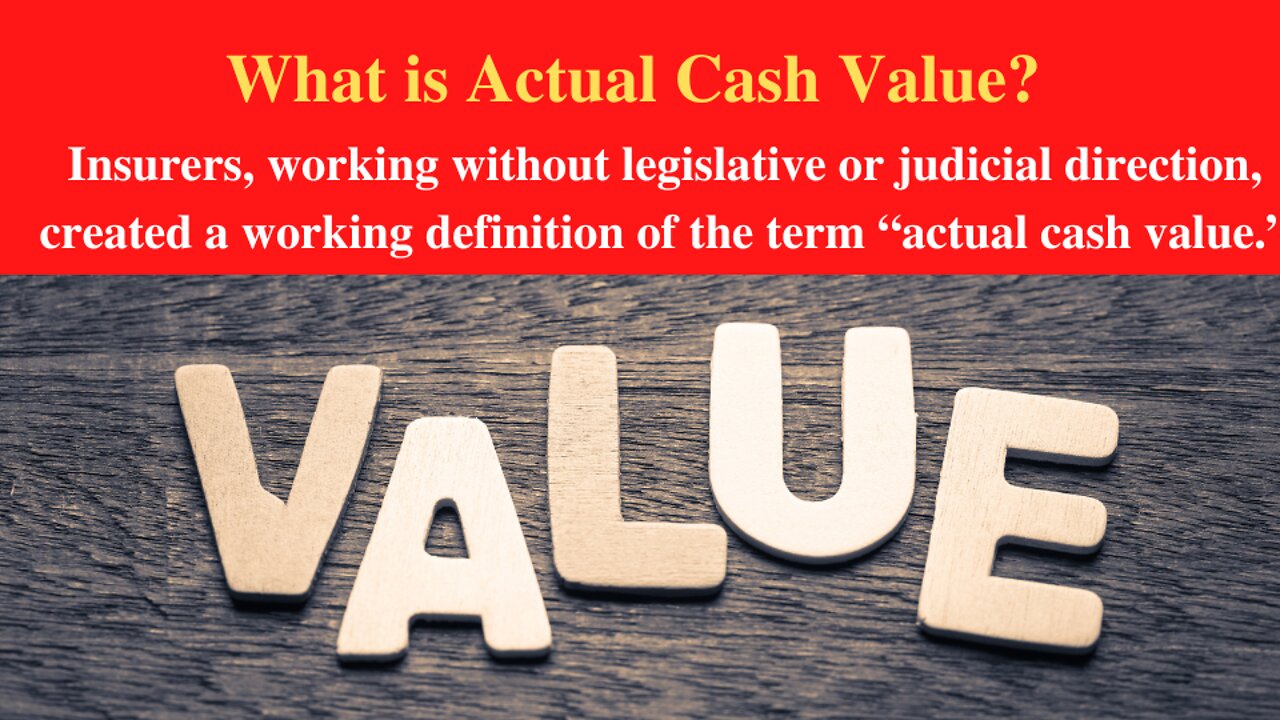
What is Actual Cash Value?
Insurers, working without legislative or judicial direction, created a working definition of the term “actual cash value.”
Insurers recognized that ACV in a fire insurance policy was designed to establish a dollar value for items of destroyed property that were not new at the time of loss. Since the insurers had no easy means to establish the used value of property, they selected the following as their working definition of “actual cash value”: “Actual cash value is the cost to replace with like kind and quality less physical depreciation.” [Jefferson Insurance Company of N.Y. v. Superior Court, 3 Cal. 3d 398 (1970).]
The working definition, although it did not always provide the complete indemnity contemplated by the insureds and by the various legislatures, was eminently practical.
A burned-out shell of a house only leaves clues as to what its actual cash value was before the fire. With minimal investigation the cost of rebuilding can be readily ascertained. If the insurer paid to its insured the full cost of replacement (since the number was easy to compute) it would violate the traditional concept of indemnity.
Payment of replacement cost puts the insured in a better position than he was in before the fire. Deducting from the replacement cost a reasonable percentage representing the physical depreciation, comes as close as possible to providing the insured with true indemnity for the loss.
Over time, courts have developed three primary tests to measure the actual cash value of property. They are:
Fair market value, usually described as the price a willing buyer would pay to buy property from a willing seller in a free market.
Replacement cost less depreciation, generally accepted to mean the cost to replace property at the time of the loss, minus its physical depreciation.
The Broad Evidence Rule. A judicious application of either 1 or 2 to the unique circumstance of the claim, whichever is more favorable to the insured.
Some insurers have taken the hint first expressed in 1970 in Jefferson Insurance Company v. The Superior Court of Alameda County, 3 Cal. 3d 398, and now define the term in most policies issued in California and across the country. Depending on the insurer any one of the three options chosen by the courts across the country has now been incorporated into the policy.
Some insurers elected to calculate ACV by deducting 20% from the full cost of repair or replacement. Since the basic charge had no relation to obtaining true ACV, the practice was widely condemned. For example, the Court of Appeals of Michigan went even further in decrying the practice of withholding 20% for a contractor’s overhead and profit. In Salesin v. State Farm 581 N.W.2d 781, (1998) the court said this about the calculation of actual cash value: “State Farm’s insurance Policy in this case does not contain a definition of “actual cash value,” nor does it set out the basis on which State Farm determines actual cash value. The process by which actual cash value would be determined was contained in State Farm’s Operation Guide. In accordance with the provisions of that document, State Farm routinely deducts contractor’s overhead and profit as well as depreciation when it makes an “actual cash value of the damage” payment under section I.c.(l) of its insurance policy. There was deposition testimony that this procedure is contrary to industry norms and practices.”
In Bradley v. Allstate Ins. Co., USCA, Fifth Circuit, 620 F.3d 509 (2010) the court found Under Louisiana law, actual cash value owed by property insurer is determined by calculating the cost of duplicating the damaged property with new materials of like kind and quality, less allowance for physical deterioration and depreciation. ACV is not, in the Fifth Circuit, necessarily synonymous with market value at the time of the loss.
The touchstone for determining ACV is the basic principle that an adequately insured person should incur neither economic gain nor loss when his property is destroyed.
The term obsolescence appears within the contract definition of “actual cash value,” which is one of several methods insurers use to value a property in the event of a loss. Other methods are market value, reproduction value, and replacement value.
Many courts, including those in Michigan, adopted what is known as the “broad evidence” rule to determine the actual cash value when the term is undefined in a contract. [Davis v. Nat’l Am. Ins. Co., 78 Mich.App. 225, 259 N.W.2d 433, 438 (1977)]. Under the rule, fact finders or appraisers may consider “any evidence logically tending to the formation of a correct estimate” of the value of the property, including “market or reproduction or replacement values.”
The Standard Fire Insurance Policy has provided, in essentially the same language since 1909:”In consideration of the provisions and stipulations herein … this company does insure the above-named insured … to the extent of the actual cash value of the property at the time of the loss.”
The intent of the legislature of the various states that have enacted a statutory fire policy, by enacting a mandatory form of fire insurance policy, was to codify and implement the traditional concept of fire insurance. Insurance exists to indemnify or compensate the insured for the actual loss he has sustained, without necessarily placing him in a better position than he was at the time of the fire. [Breshears v. Indiana Lumbermans Mutual Ins. Co., 256 Cal. App. 2d 245, 63 Cal. Rptr. 879 (1967).]
Appellate courts have rarely been called upon to explain this basic purpose of fire insurance, as codified. When called upon, the courts have limited their decisions to the fact situations presented to them. They have always confirmed that the purpose of insurance is to provide indemnity. It was only the methods by which such indemnity was to be achieved that was subject to interpretation.
Perhaps to ease the burden on the courts, the state legislatures provided a means by which the traditional concept of indemnity could be measured. For example, the California Legislature stated: “The measure of indemnity in fire insurance is the expense to the insured of replacing the thing lost or injured in its condition at the time of the injury, such expense being computed as of the time of the commencement of the fire”. [California Insurance Code § 2051.]
The legislature failed, however, to explain how one was to compute the cost of replacing a 30-year-old building. There is almost no supply of 30-year-old plumbing or lumber for the insured to purchase. A carpenter cannot construct a 30-year-old dwelling, he can only construct a new dwelling. It is physically impossible to put an insured exactly as he was before the fire.
It took 30 years of hard weather to pit the siding; many windstorms to wear and loosen the shingles, an earthquake or two to tilt the foundation, and four growing children to beat it up mercilessly. The problem of creating old with new, the legislature left to the courts, litigants, and the agile minds of adjusters and lawyers.
Courts have touched the issue, gingerly. They have paid lip service to the statutory mandate that the insured is only entitled to recover under the policy such loss as he has actually sustained. [Whitney Estate Co. v. Northern Insurance Co. of London, 155 Cal 521, 101 P. 911 (1909).] Sometimes, the courts simply reduced an award to a sum less than full replacement cost with no explanation as to why the deduction was made. [Koyer v. Detroit F & M Ins. Co., 9 Cal. 2d 340 (1937).]
The question of how the actual cash value of Covered Property should be determined when calculating the value of any applicable premium is essential. Three different tests exist to determine the actual cash value of property when the policy is silent on the definition. Those tests are:
1. the fair market value test;
2. the replacement costs minus depreciation test; and
3. the broad evidence rule.
This article came from my newest book, “How to Acquire, Understand, and Make a Successful Claim on a Commercial Property Insurance Policy: Information Needed for Individuals and Insurance Pros to Deal With Commercial Property Insurance” Now Available as a Kindle book here, paperback here and as a hardcover here
(c) 2022 Barry Zalma & ClaimSchool, Inc.
Barry Zalma, Esq., CFE, now limits his practice to service as an insurance consultant specializing in insurance coverage, insurance claims handling, insurance bad faith and insurance fraud almost equally for insurers and policyholders. He practiced law in California for more than 44 years as an insurance coverage and claims handling lawyer and more than 54 years in the insurance business. He is available at http://www.zalma.com and zalma@zalma.com.Subscribe and receive videos limited to subscribers of Excellence in Claims Handling at locals.com https://zalmaoninsurance.locals.com/subscribe.Subscribe to Excellence in Claims Handling at https://barryzalma.substack.com/welcome.Now available Barry Zalma’s newest book, The Tort of Bad Faith, available here. The new book is available as a Kindle book, a paperback or as a hard cover.
Write to Mr. Zalma at zalma@zalma.com; http://www.zalma.com; http://zalma.com/blog; daily articles are published at https://zalma.substack.com. Go to the podcast Zalma On Insurance at https://anchor.fm/barry-zalma; Follow Mr. Zalma on Twitter at https://twitter.com/bzalma; Go to Barry Zalma
-
 8:57
8:57
Barry Zalma, Inc. on Insurance Law
1 year agoNo Coverage for Benefits no Right to Bad Faith Damages
193 -
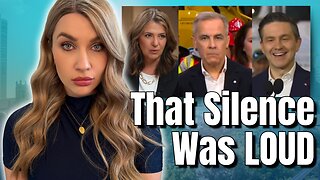 22:29
22:29
JasminLaine
18 hours agoAwkward Silence After Poilievre FACT CHECKS Reporter—Carney’s Face SAYS IT ALL
21.8K21 -
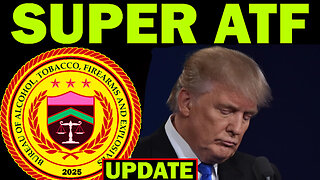 9:48
9:48
VSOGunChannel
18 hours ago $1.12 earned25% of ATF Getting Fired? SUPER ATF on Hold?
18.4K13 -
 11:09
11:09
ariellescarcella
22 hours ago"All 4 Of My Kids Are Trans" : NOOOOOO
21.1K22 -
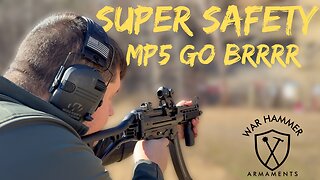 12:35
12:35
GoldenWebb
1 day ago $0.20 earnedMP5/K Super Safety
12.6K2 -
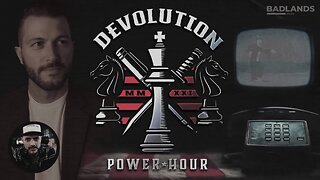 2:45:42
2:45:42
Badlands Media
22 hours agoDevolution Power Hour Ep. 343: System Shock
168K153 -
 2:34:40
2:34:40
Sgt Wilky Plays
4 hours agoSunday Morning Coffee and games
15.1K1 -
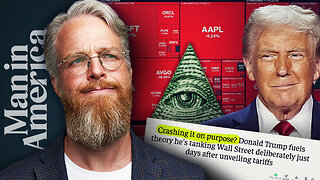 1:24:00
1:24:00
Man in America
1 day agoMarket Crash, Tariffs, USD Collapse: Trump's Plan to END the Old World Order? w/ John Perez
146K170 -
 2:51:31
2:51:31
AnointedGamer
4 hours ago🔴 LIVE - UNLEASHING THE FIRST BERSERKER: EPIC CHAOS AWAITS!
9.23K4 -
 8:07
8:07
Colion Noir
20 hours agoShould You Carry Non-Lethal Weapons For Self Defense?
110K90